
In Praise of Warmth

Now that the air’s turned crisp, I’ve been leaning into my Equinox membership for one reason only: the sauna.
Every morning after my workout, I slip into that small cedar room, still half-asleep, body buzzing from movement, brain not yet online. The door closes, and time bends.

There’s something meditative about the way heat organizes you.
Thoughts scatter in cool air—but inside that dry, glowing space, they line up, slow down, and start to dissolve. My nervous system exhales before I do.
I’ve started to think of the sauna less as a gym amenity and more as a form of design therapy—a space engineered for recalibration.
It’s built on a universal language of the elements: wood, fire, air, and water in constant negotiation. No decoration, no distraction. Just a design principle made physiological: what you expose, you can release.
The Body as Sensor
When we expose the body to sustained heat, thermoreceptors in the skin signal the brain to widen blood vessels and release endorphins.
Heart rate rises, cortisol drops. The body begins to trust. Ah, expansion.
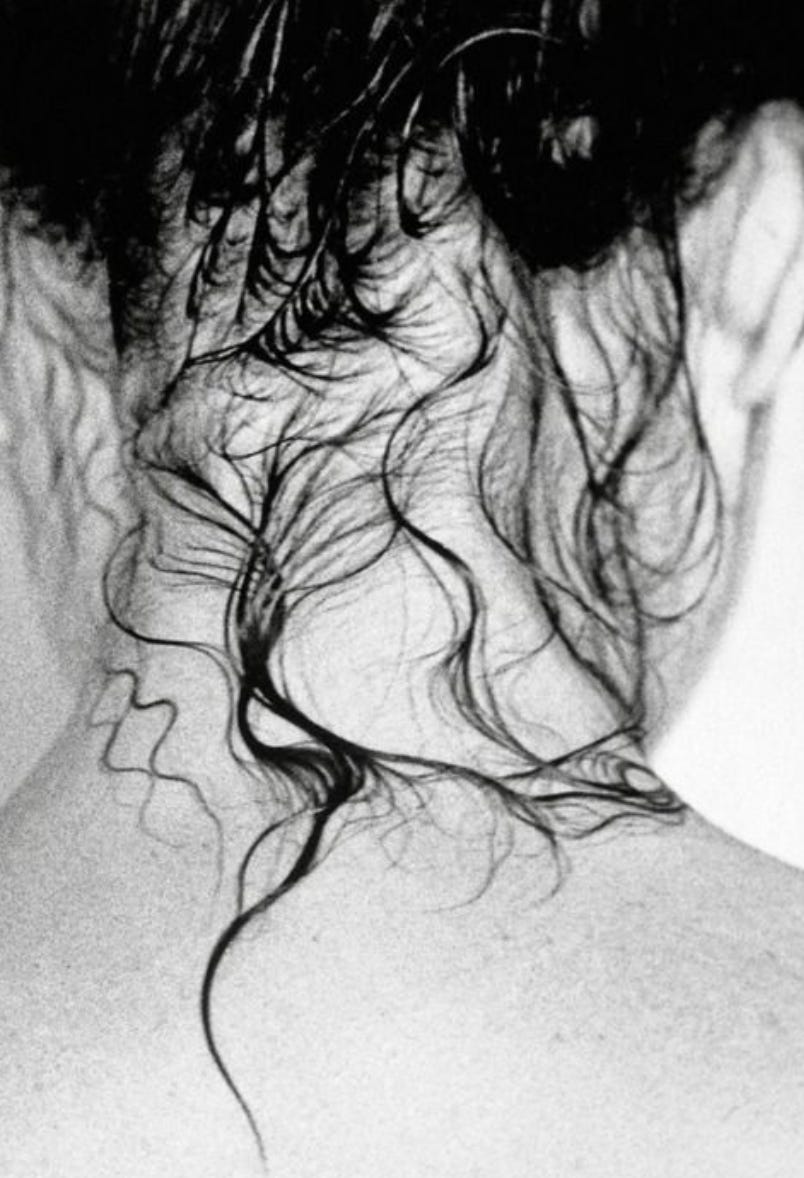
In neuroscience, this is called interoceptive awareness—the ability to sense internal state. It’s the same system that governs empathy and emotion. Which means the more time we spend in embodied environments like a sauna, the more fluent we become in our own feeling states.
Warmth, quite literally, increases our capacity to feel.
Ancestral Heat
Long before eucalyptus infused Equinox towels and Himalayan salt walls, heat was holy.
The Aztecs built temazcals from clay and prayer. The Finnish sauna and the Native American sweat lodge both used temperature as a threshold—part cleansing, part communion. Each tradition understood that purification wasn’t about perfection but participation: to sit in heat was to sit in truth.
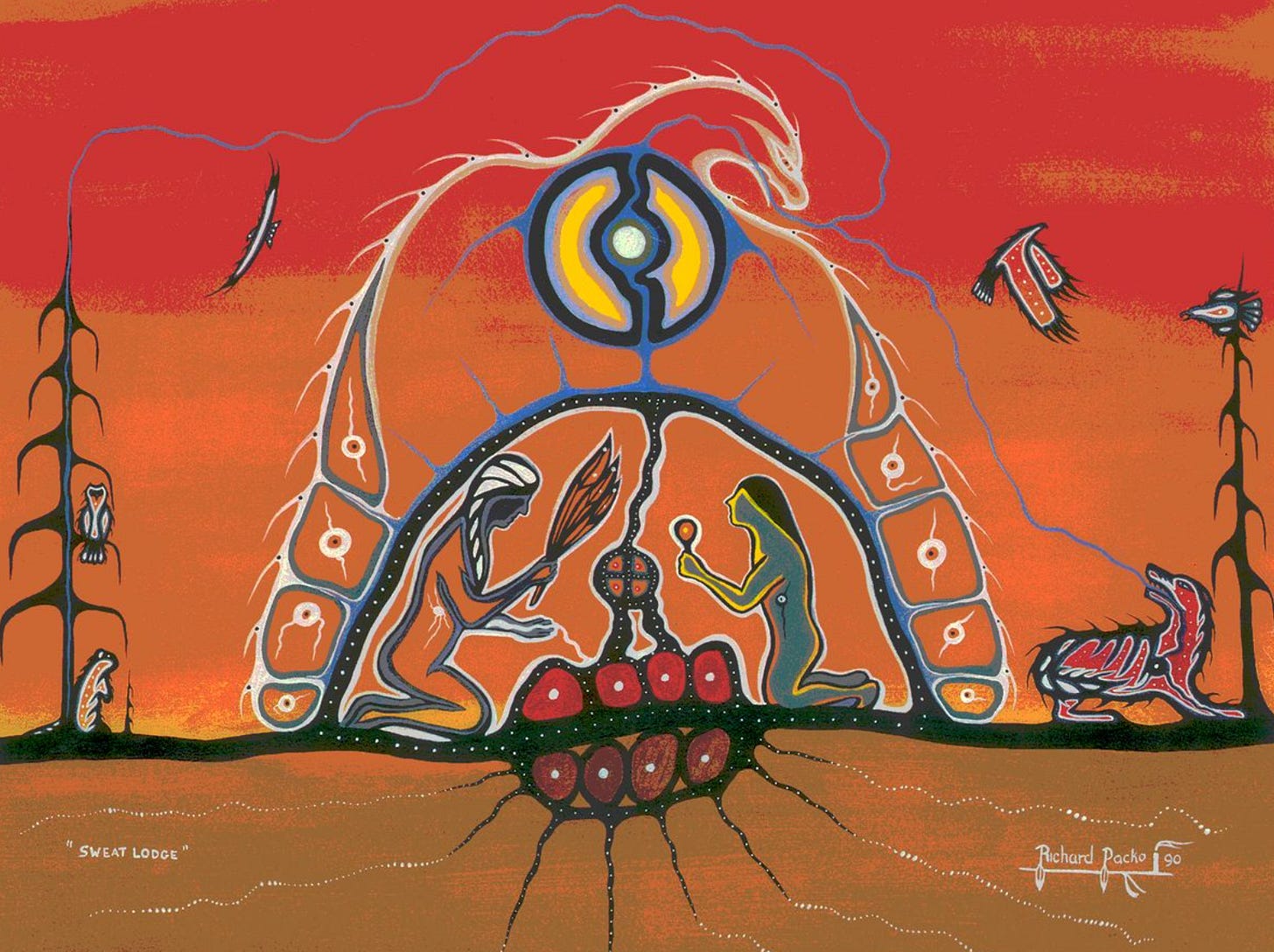
Modern Sanctuaries
Today’s best-designed spas are the modern evolution of those ancient rituals—spaces that translate elemental wisdom into architectural form.
At Peter Zumthor’s Therme Vals in Switzerland, water and stone move in dialogue. The structure feels almost geological—monastic, slow, and deeply sensory. Light filters in through narrow apertures, refracting across mineral pools like breath against skin. Every surface whispers the same instruction: slow down.

The Aman Spa at Tokyo’s Otemachi Tower reverses the equation—elevating serenity high above the city’s chaos. Black basalt and mirrored water planes create a floating stillness. The geometry is meditative; proportion itself becomes a healing technology.

At Aire Ancient Baths in Seville and New York, the experience borders on cinematic: candlelight flickers against stone arches, echoing Roman and Moorish bathing traditions. The body slips into ritual almost unconsciously, lulled by rhythm and repetition.

And then there’s Six Senses Douro Valley in Portugal—a spa built into the hillside, where vaulted ceilings, flowing pools, and muted stone create an atmosphere that feels subterranean and sacred. Here, heat isn’t performance—it’s prayer.
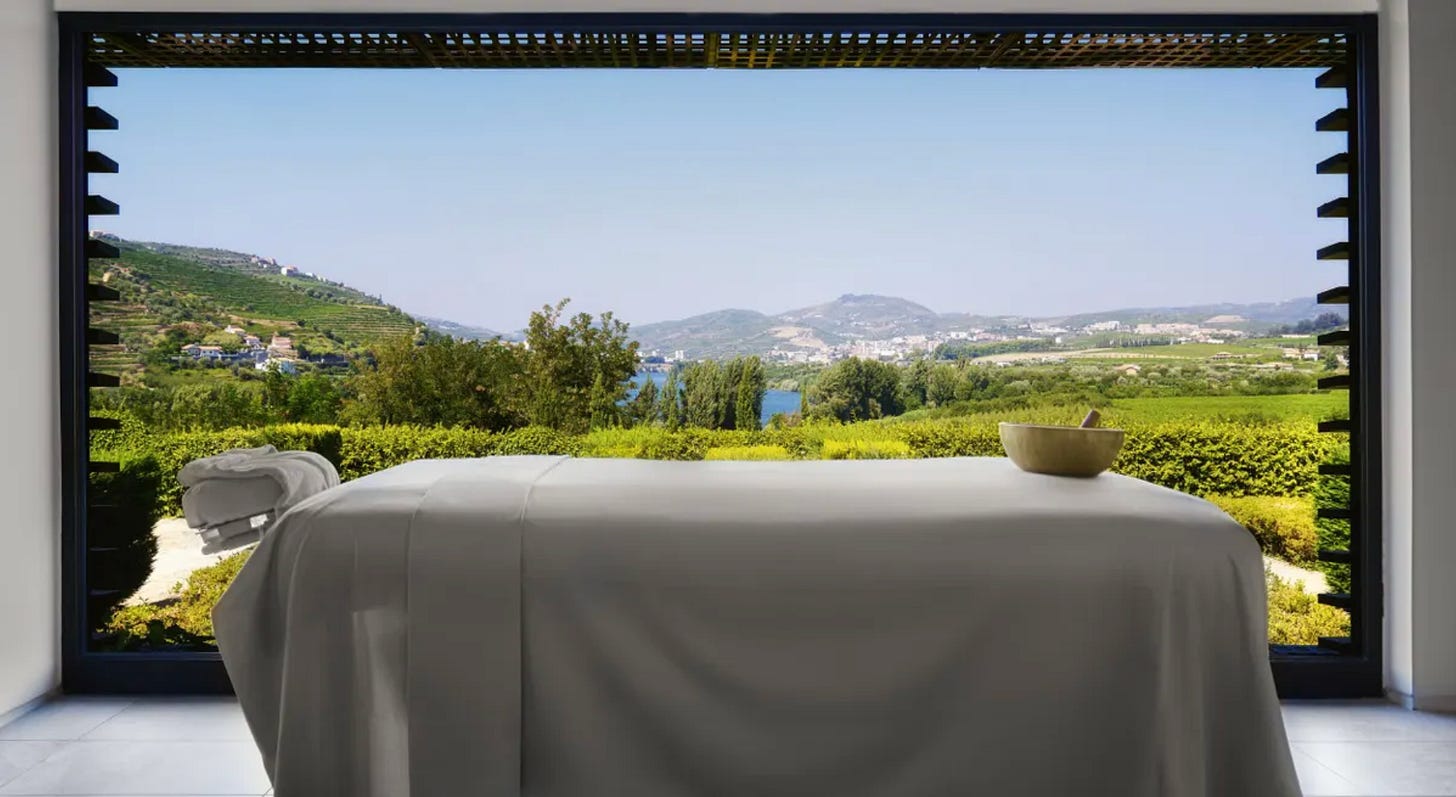
These places share a design ethos that transcends style: sensory coherence.
When material, temperature, and light operate in harmony, the body receives it as trust. That’s the neuroaesthetic principle at work—beauty as a biological event.
File all of these properties under: projects we wish we worked on 😉
Final Thoughts
Every act of creation carries its own heat. In the studio, as in the body, form is shaped by friction—pressure, pause, refinement. The sauna just makes that alchemy visible.
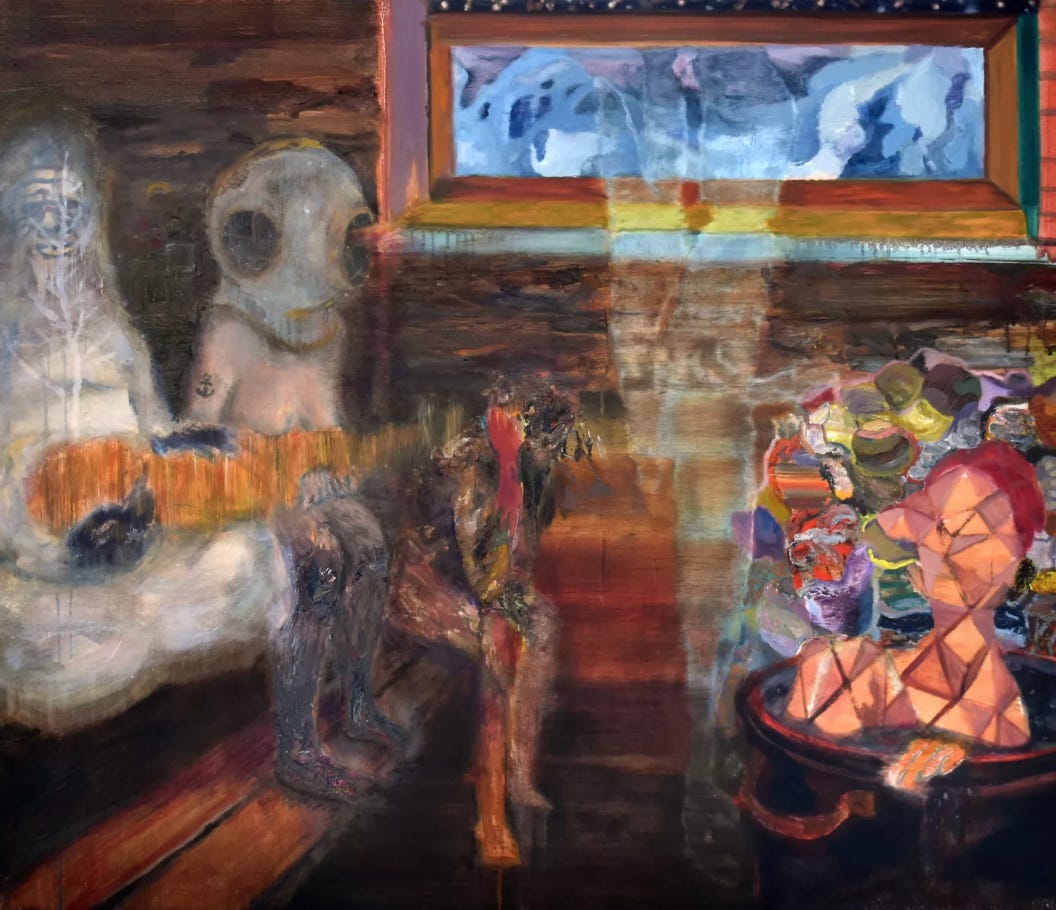
I’ve come to think of it as daily design practice: a reminder that softening isn’t weakness, it’s preparation. That transformation often begins not in striving, but in surrender.
When I step back into the cold morning air, skin flushed, mind clear, I feel rewired—like the body has reorganized itself around warmth.
Maybe that’s the real architecture of renewal: not the buildings we inhabit, but the thresholds we allow ourselves to pass through.
💌 Elle
P.S. I’m collecting small stories of warmth—rituals, places, gestures that remind us to soften. Tell me yours in the comments!




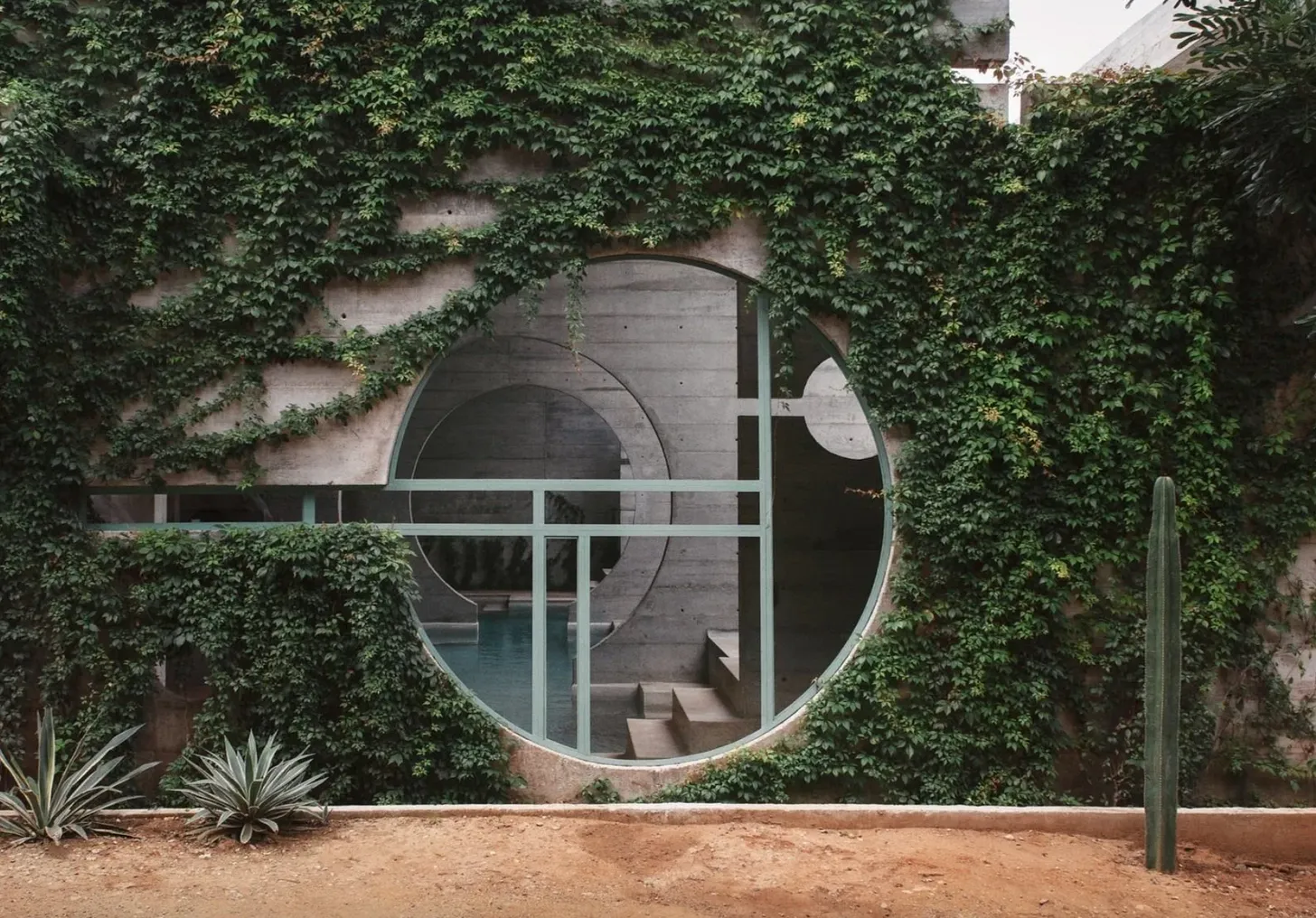


.svg)
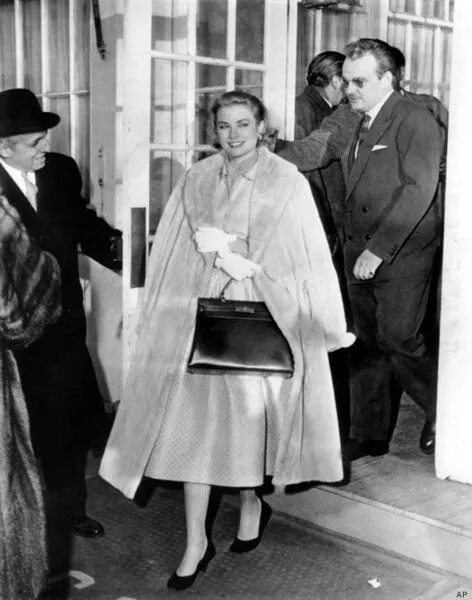
.svg)
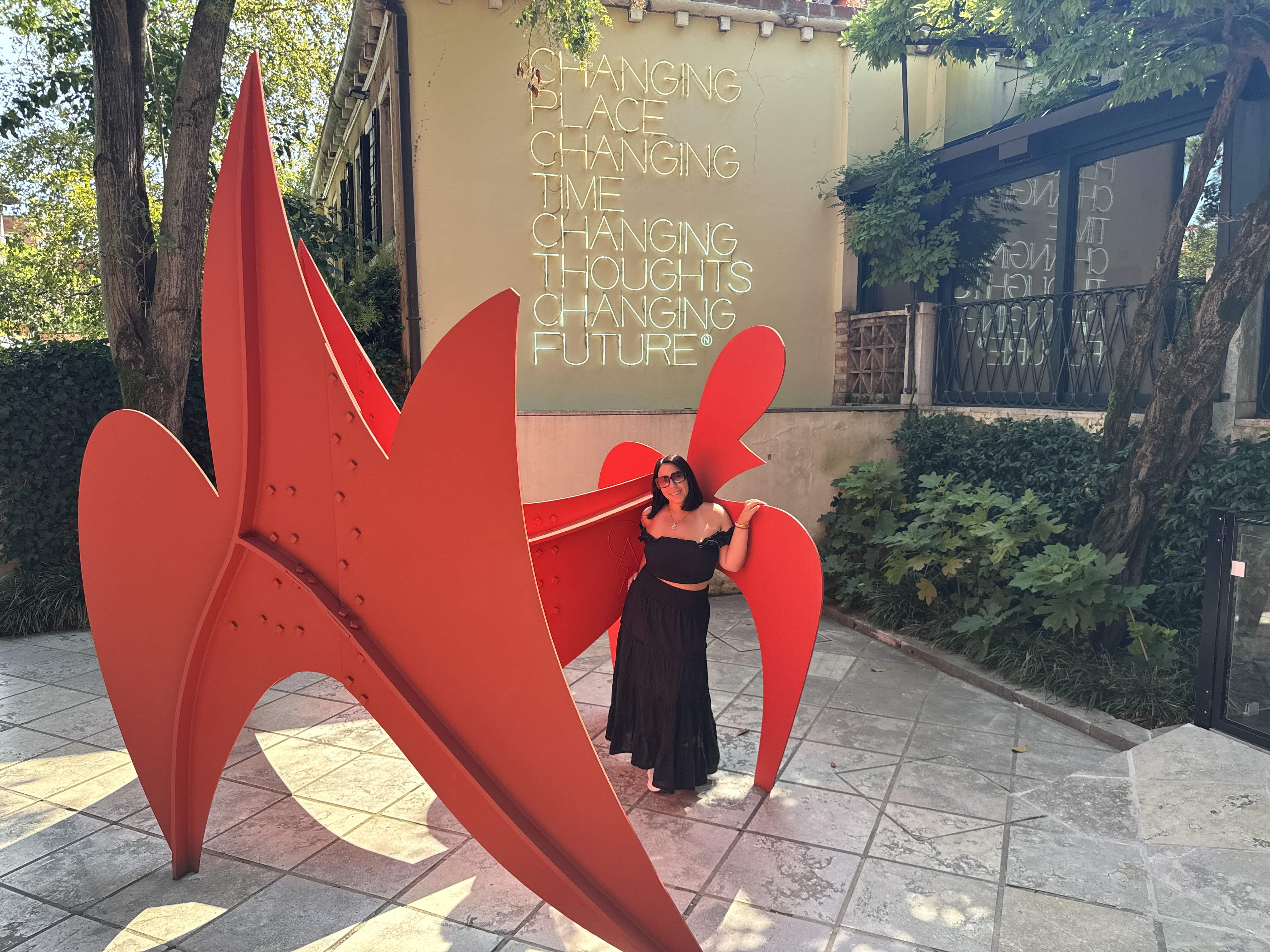
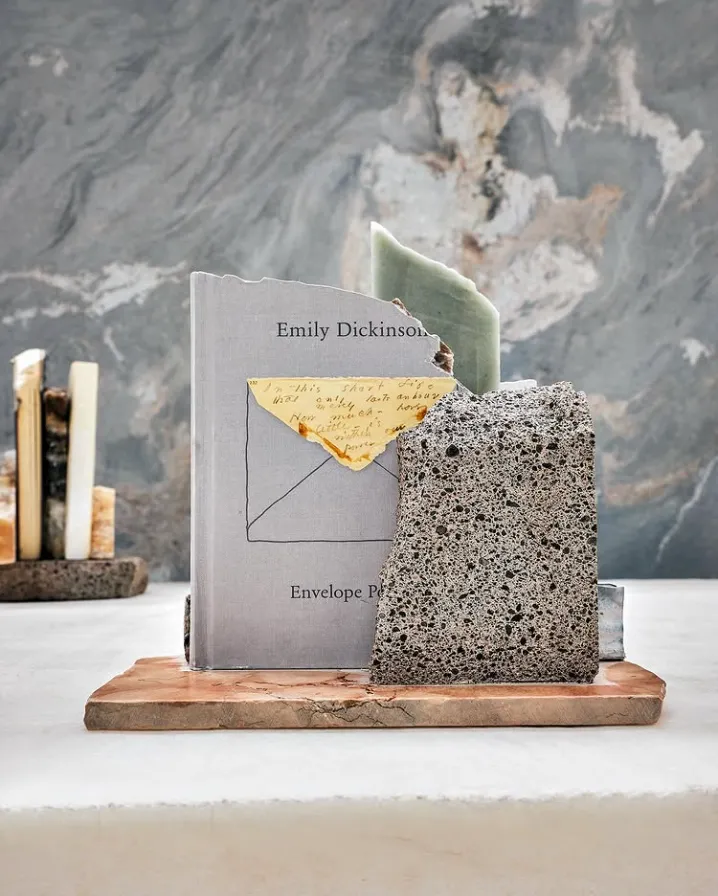
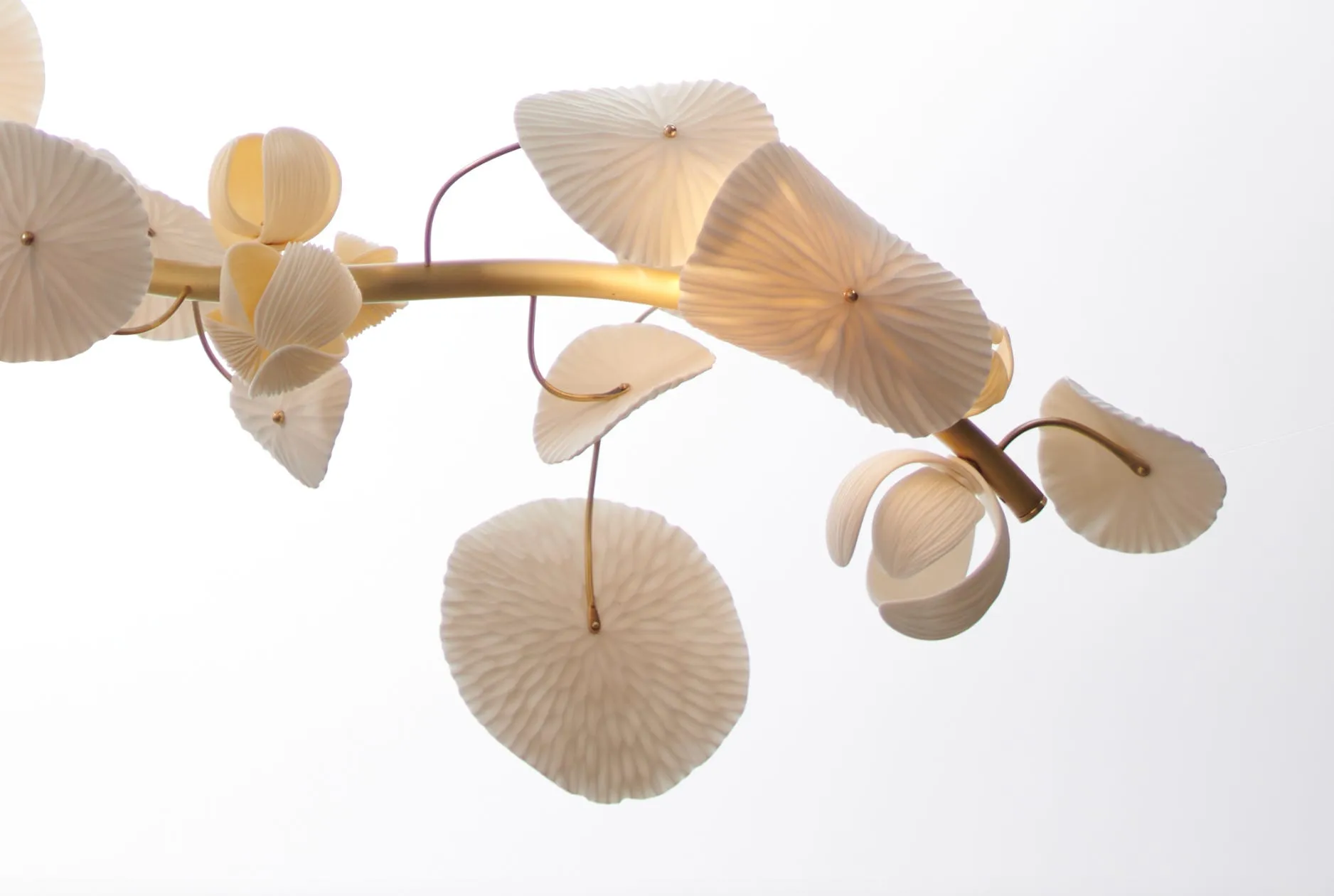


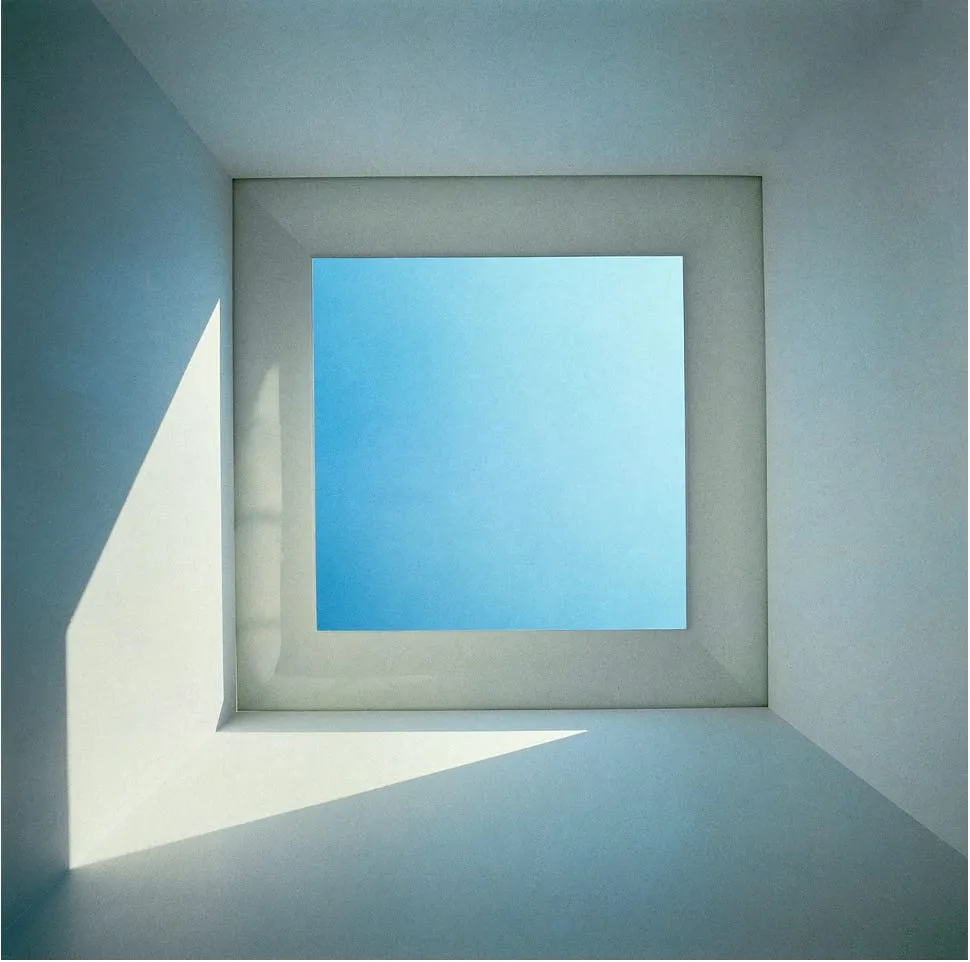
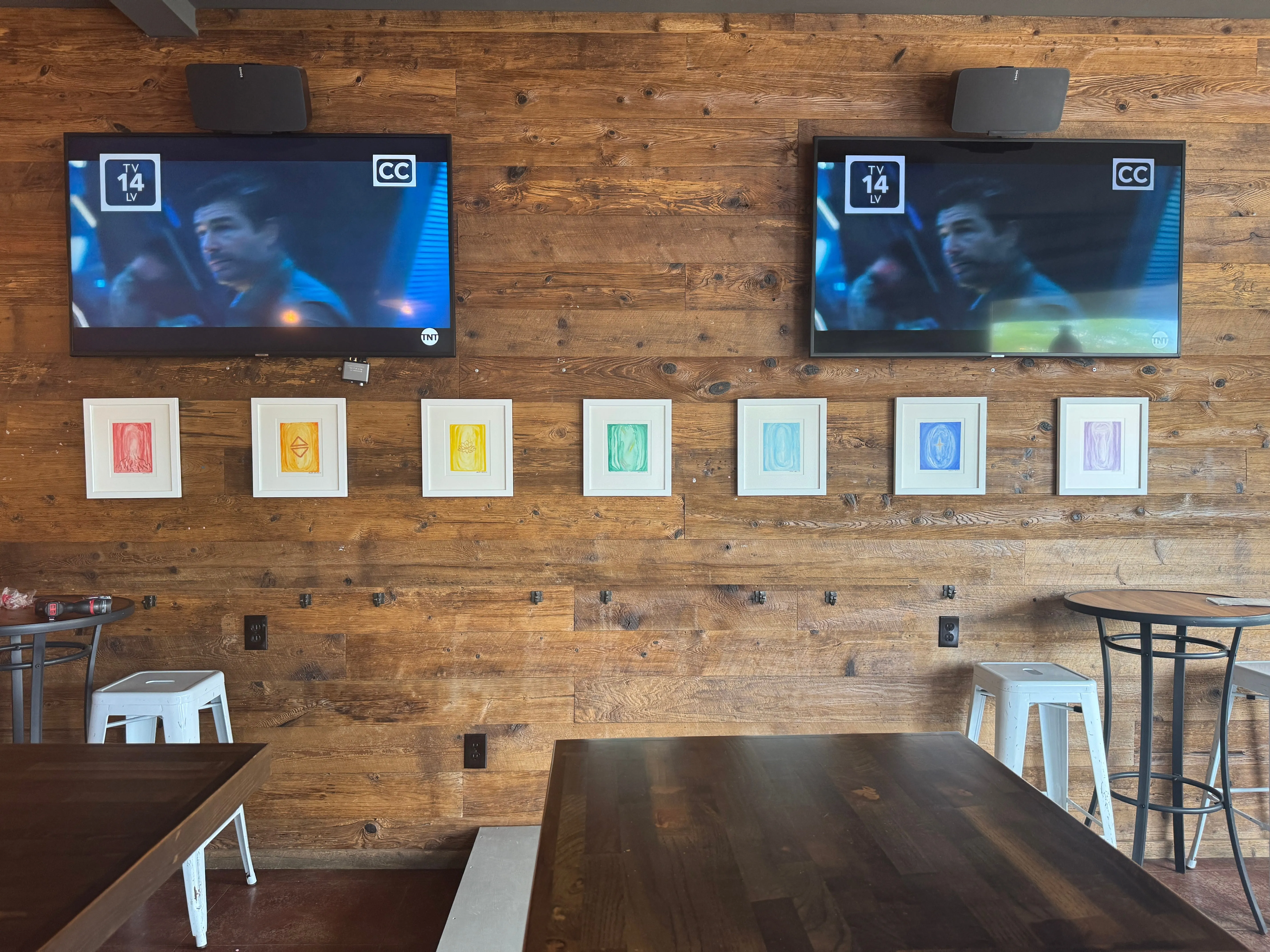

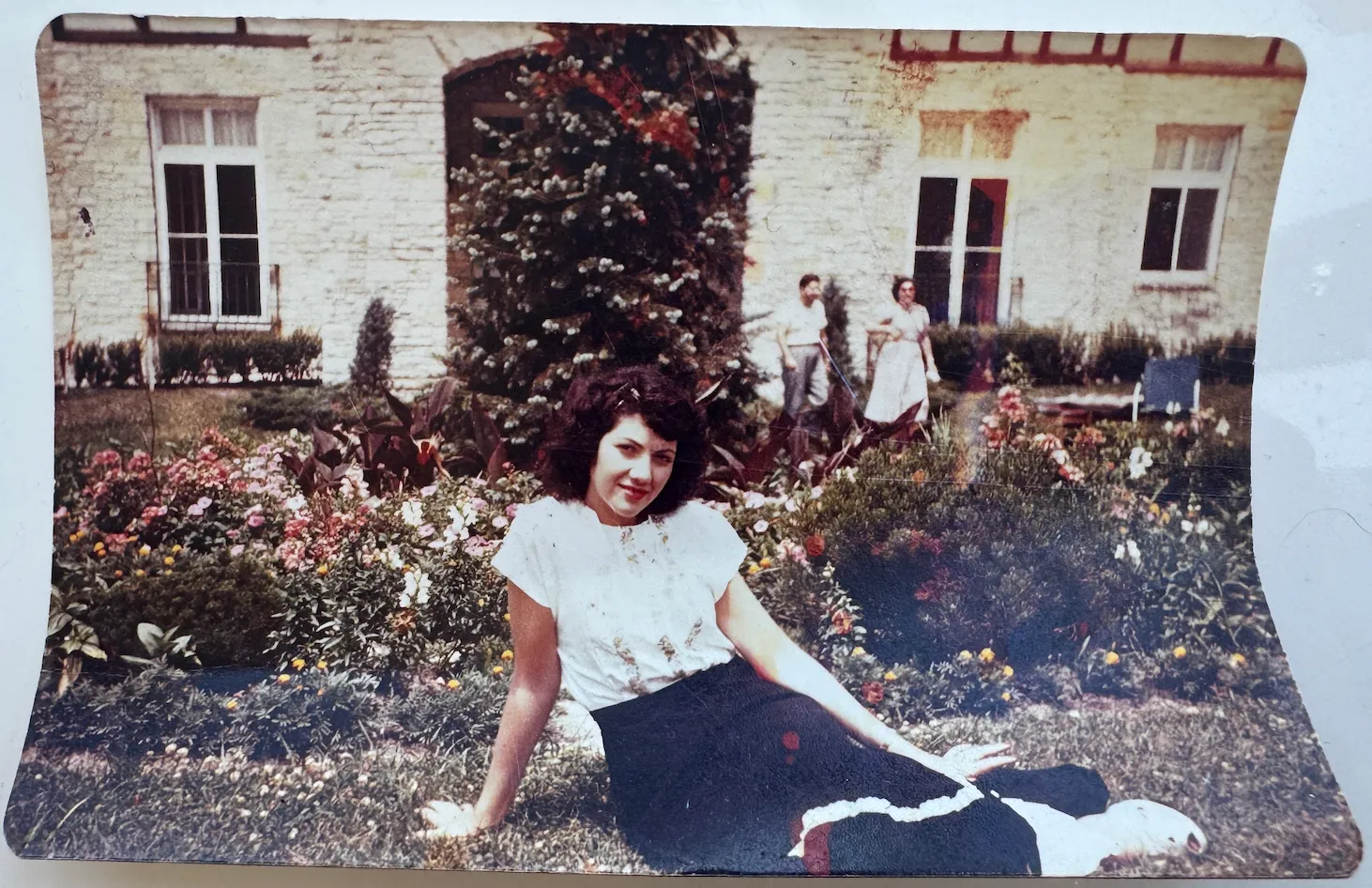

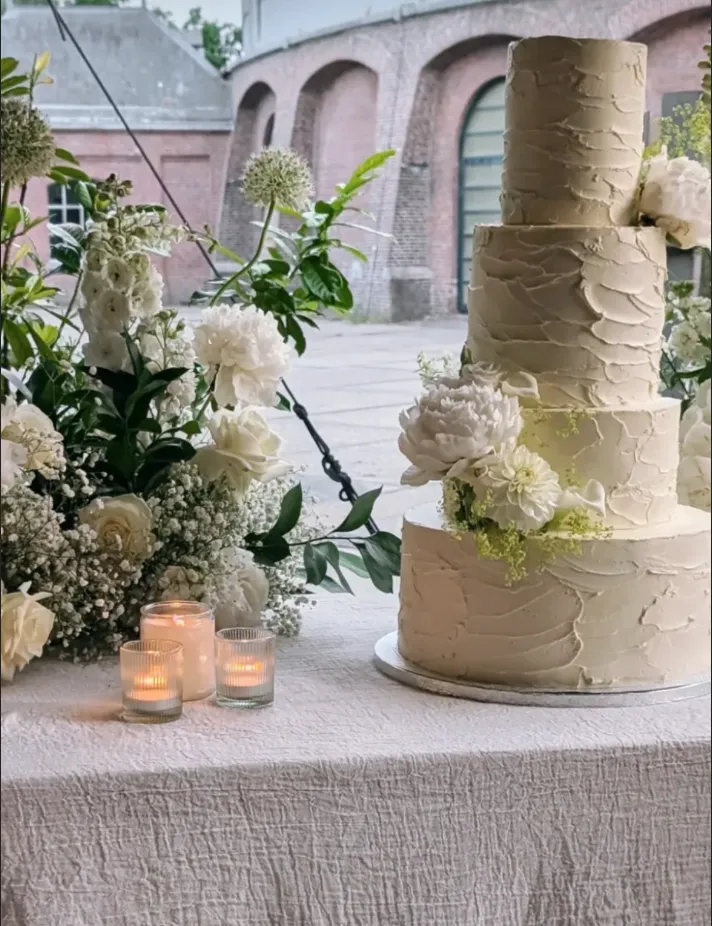





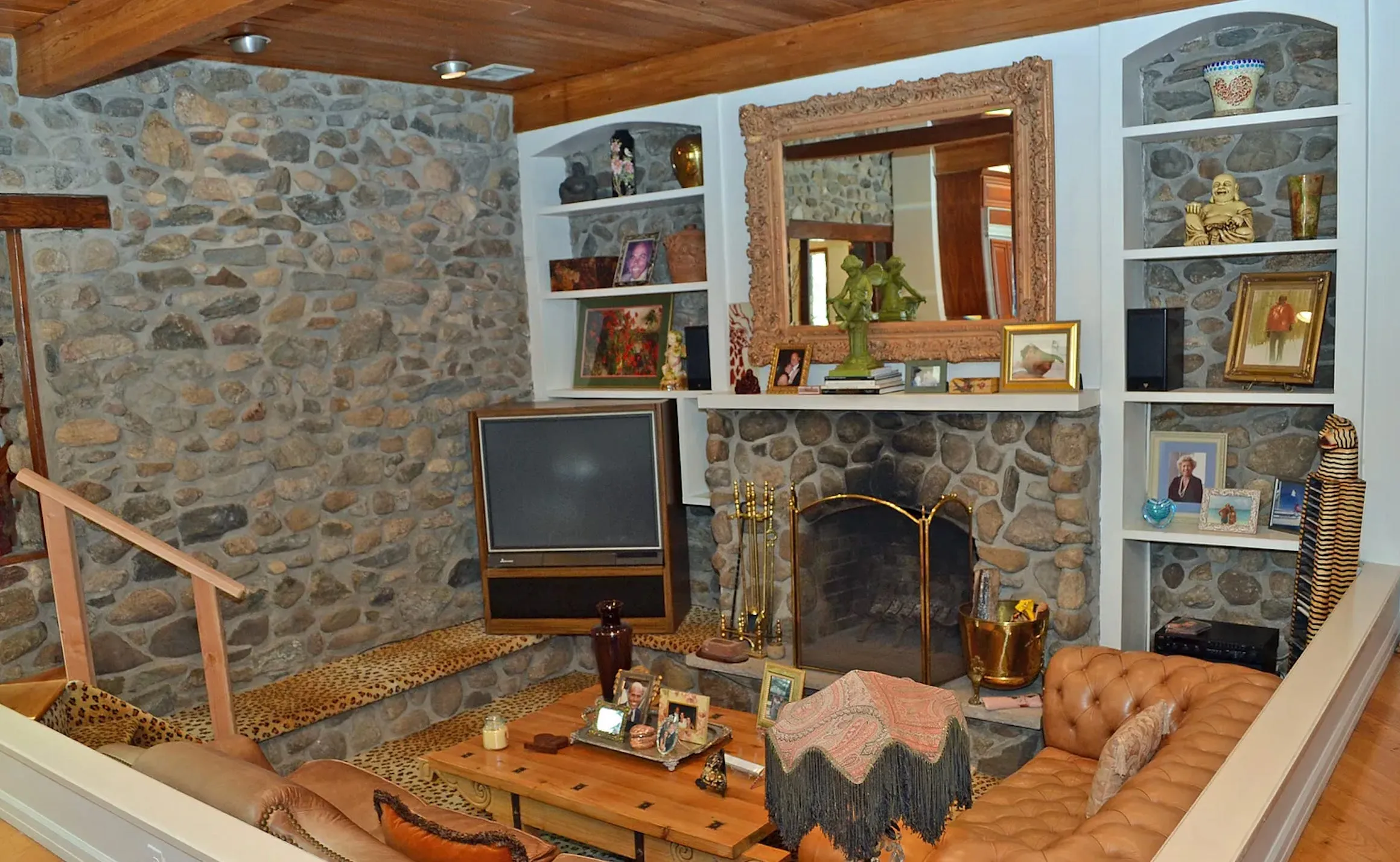


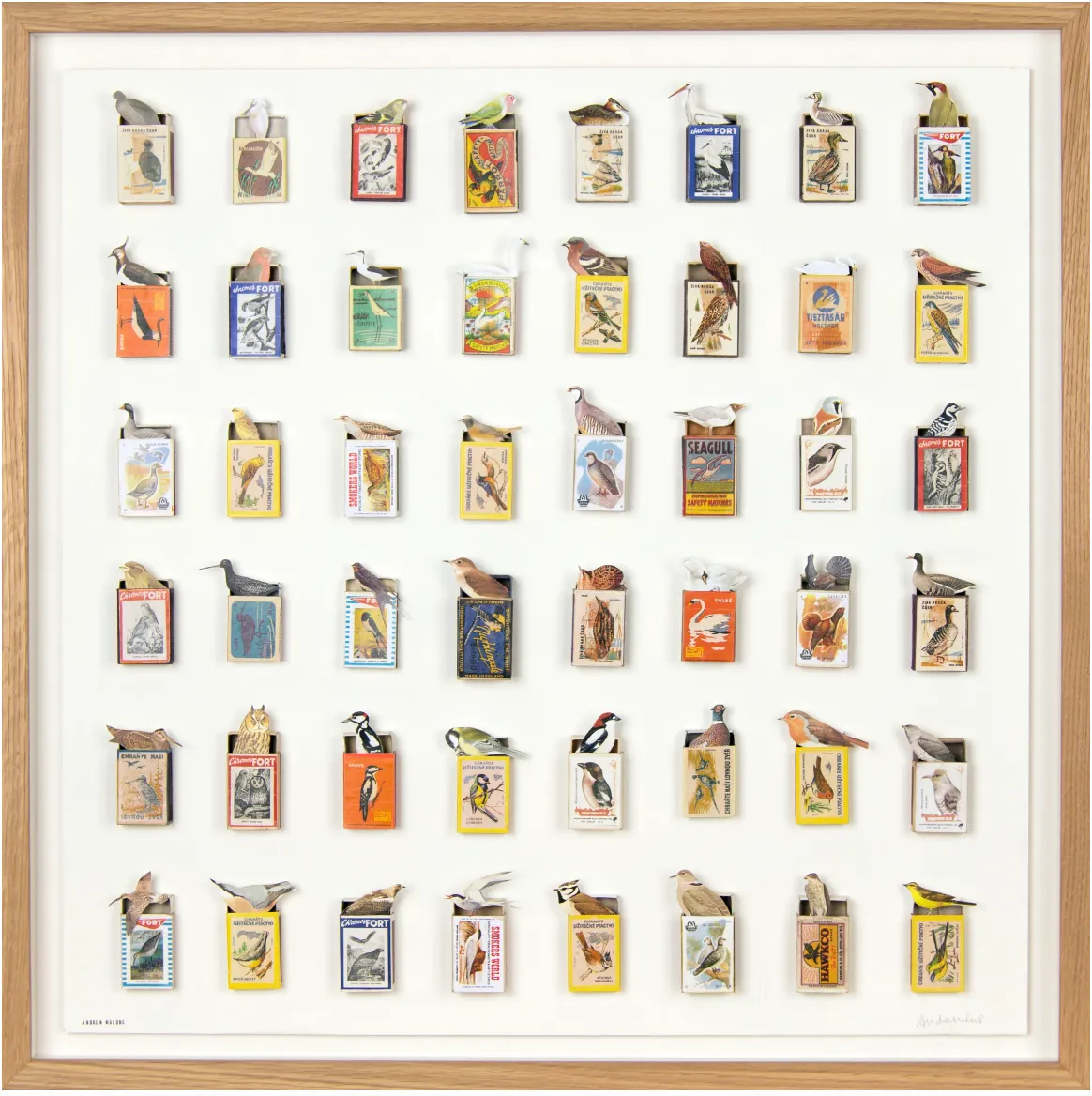


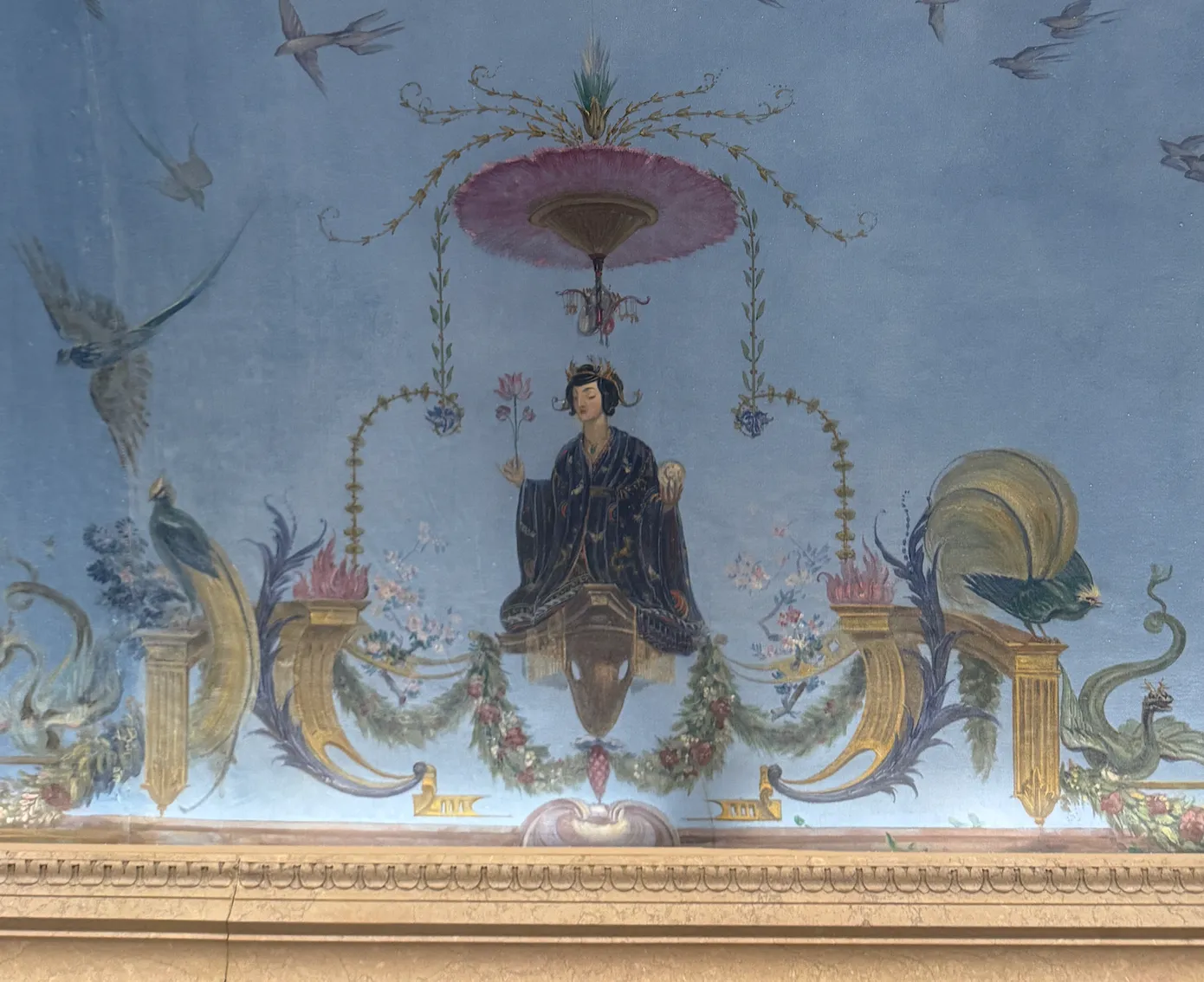

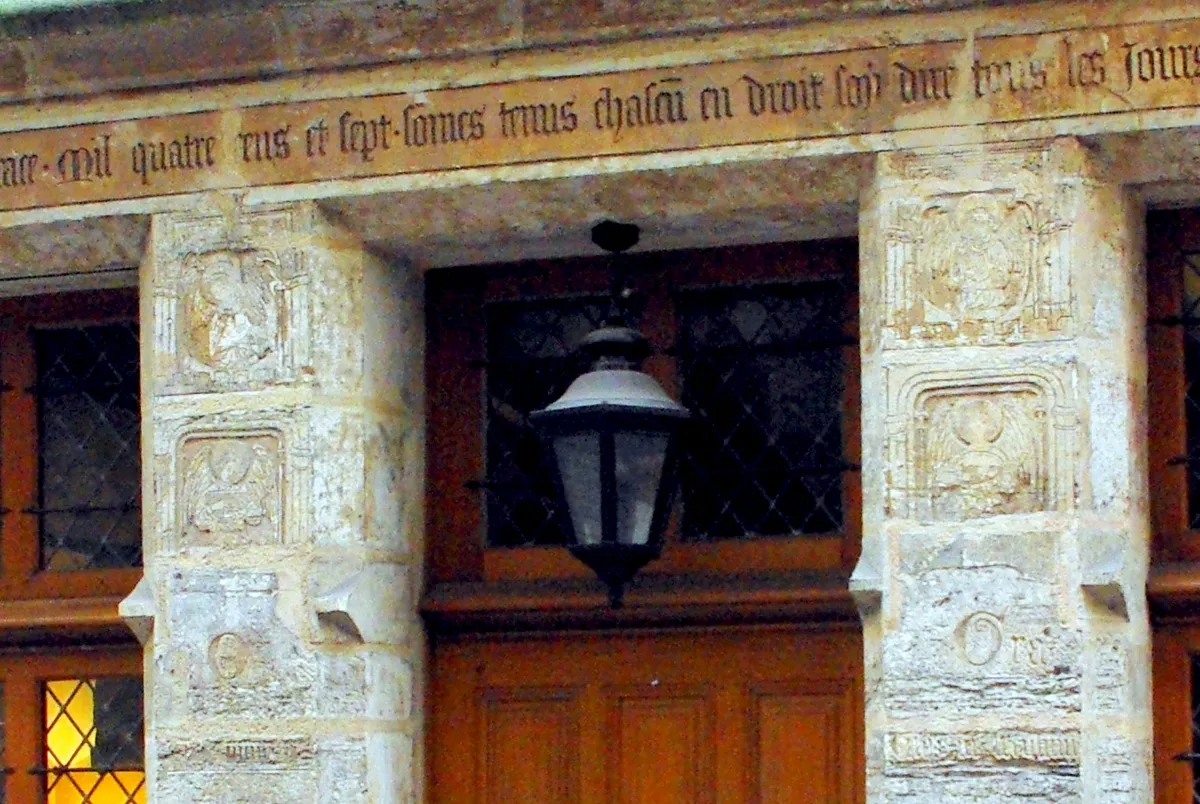
.webp)

.webp)

.webp)
.webp)
.webp)

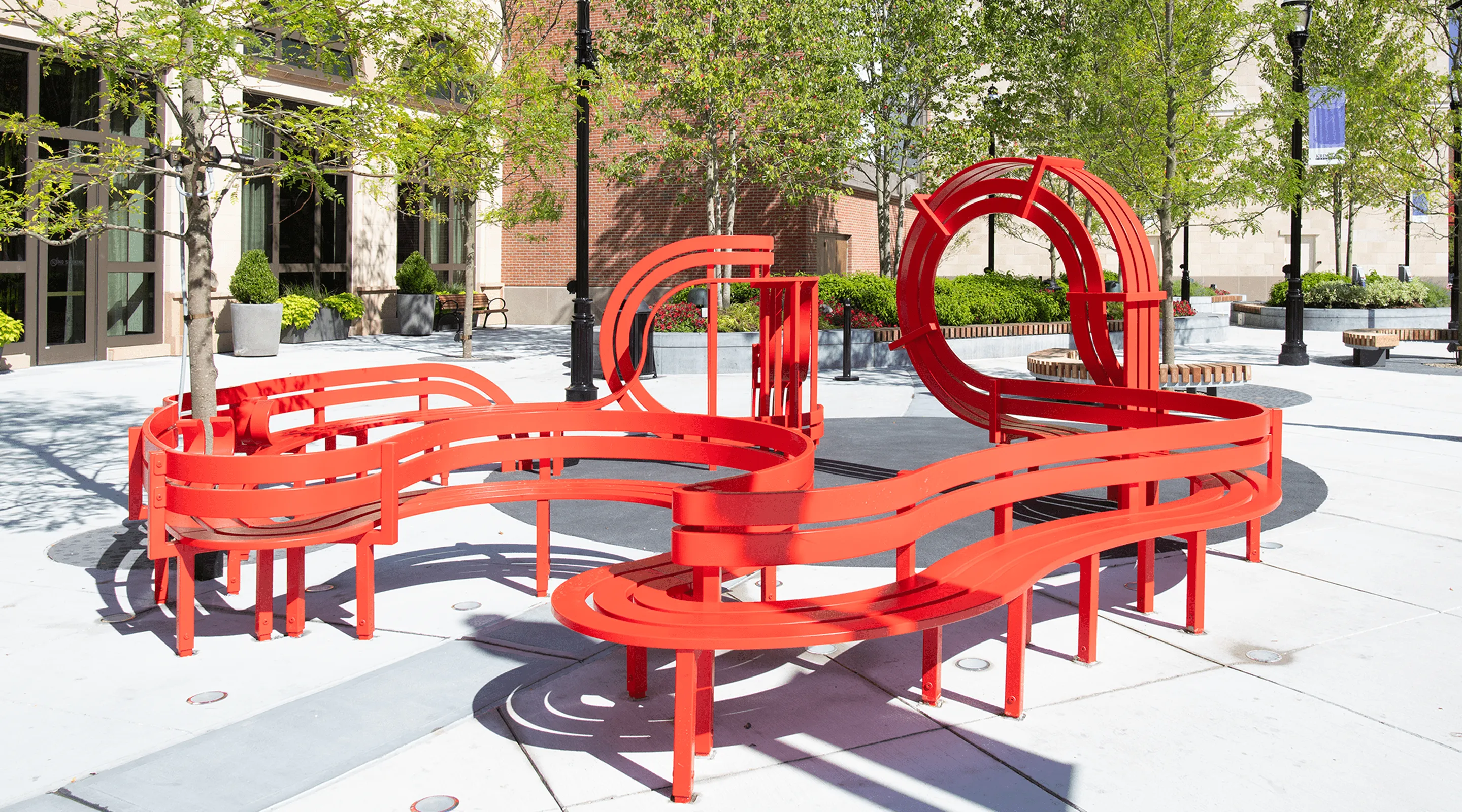


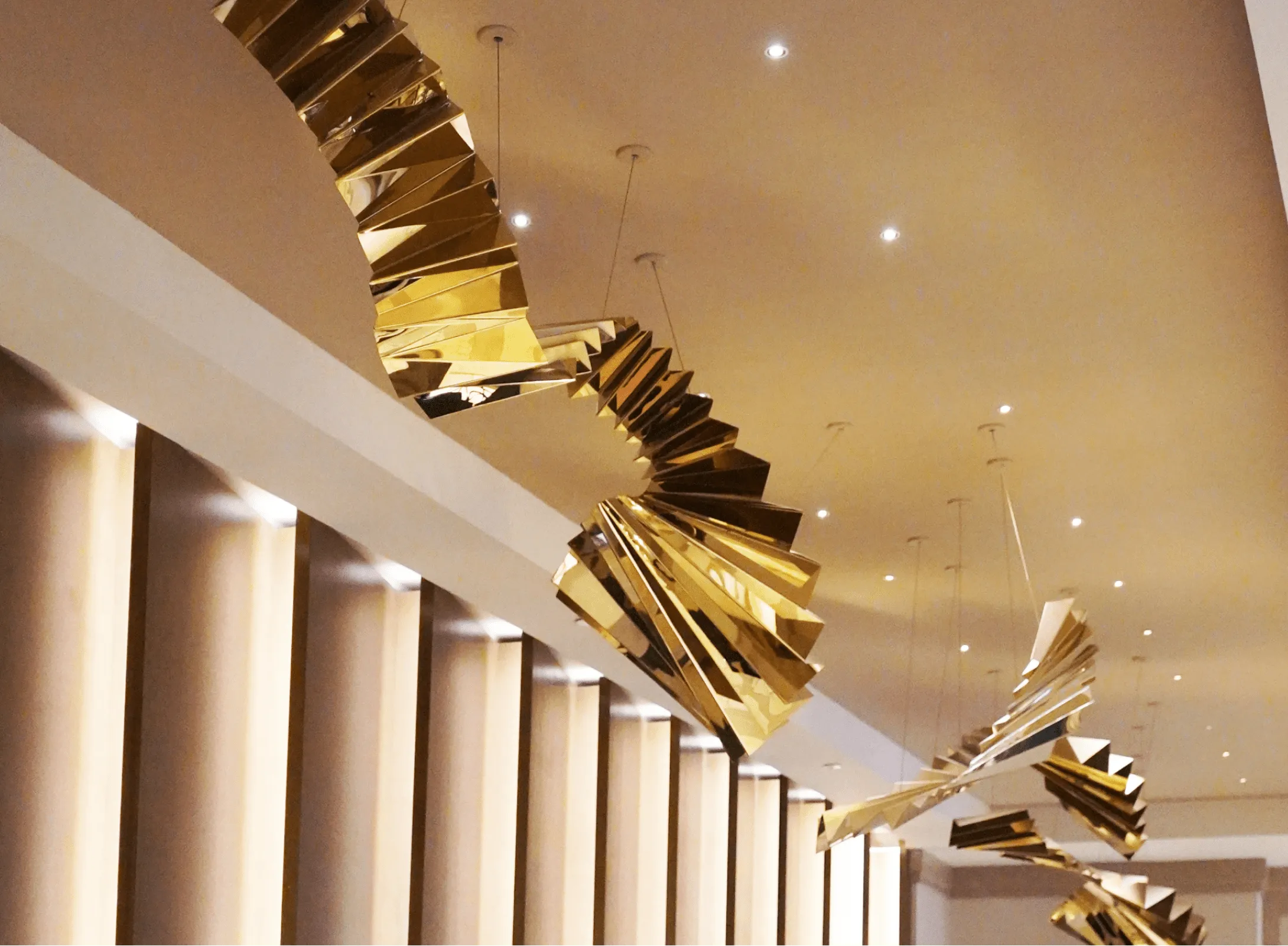
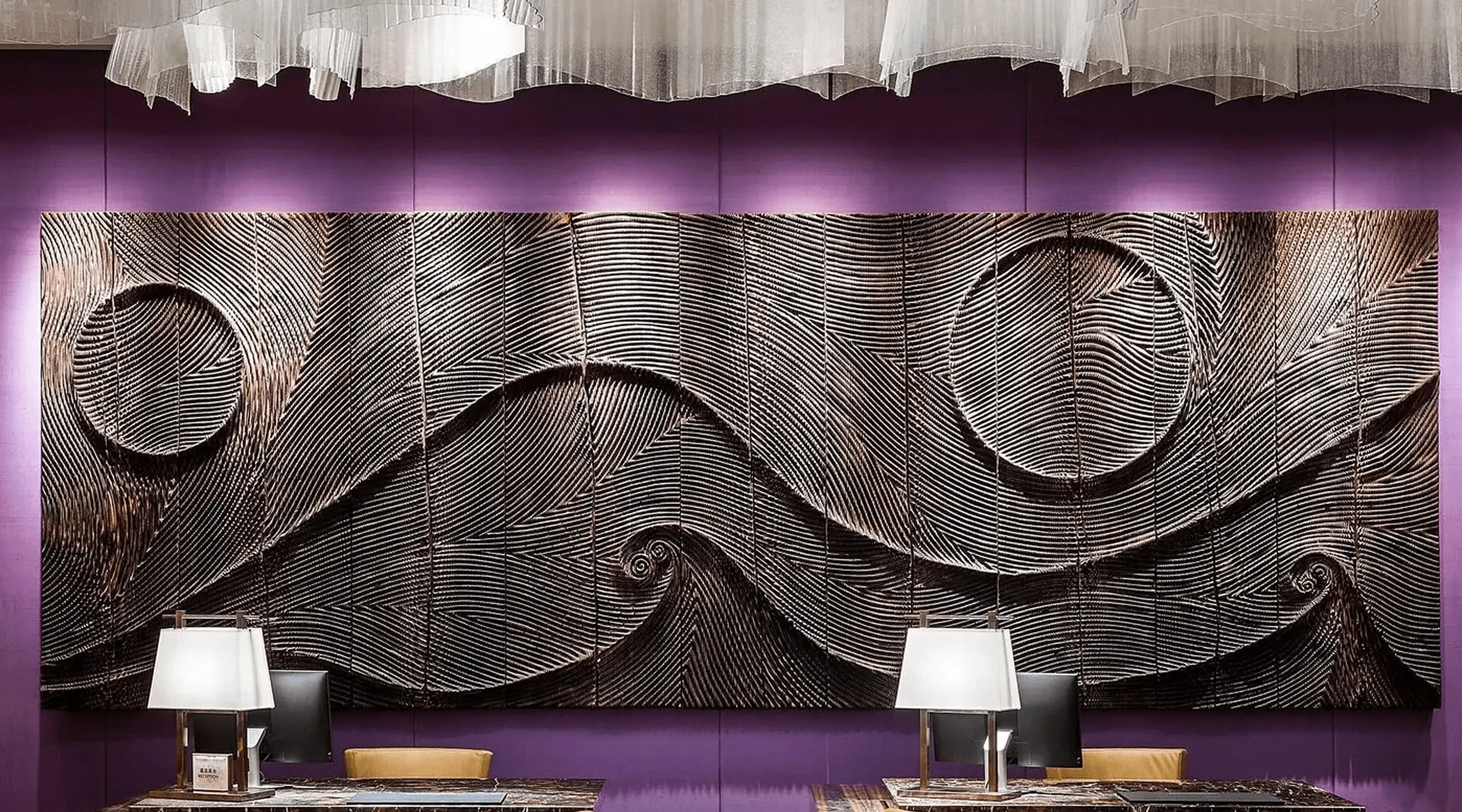
-min.webp)